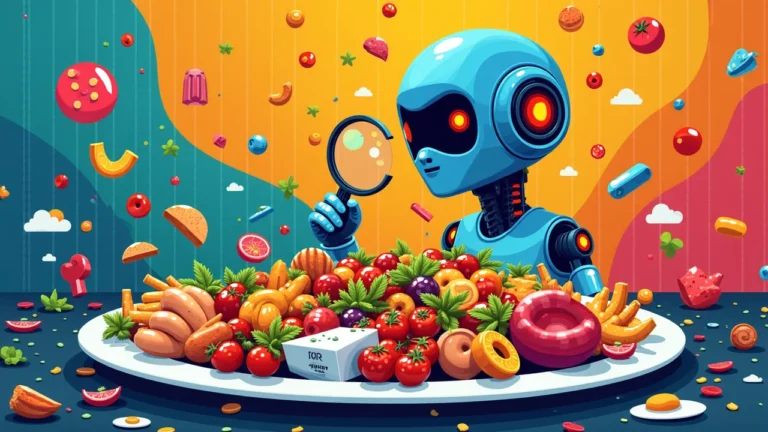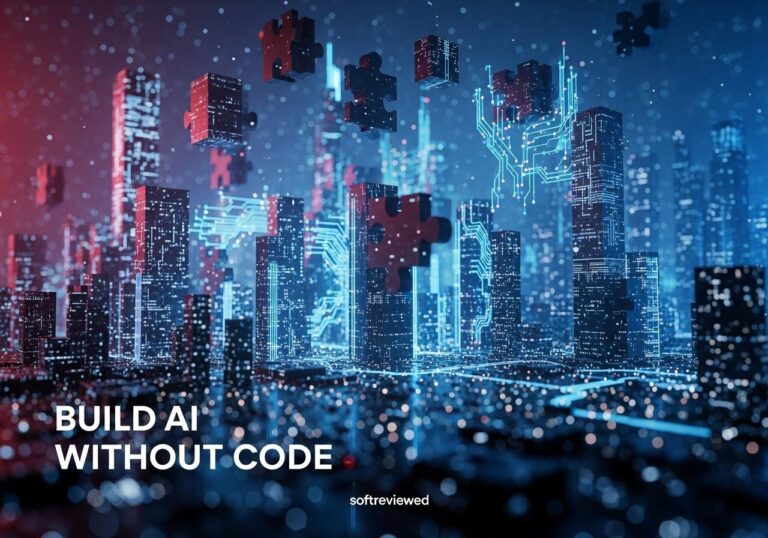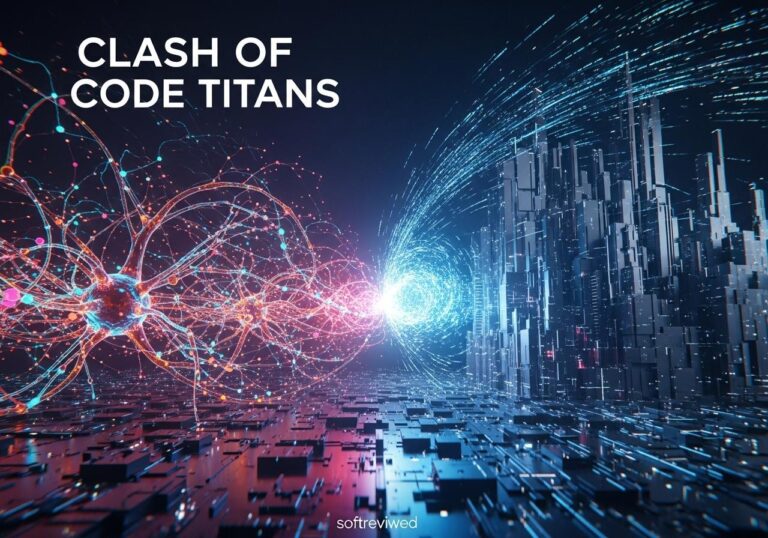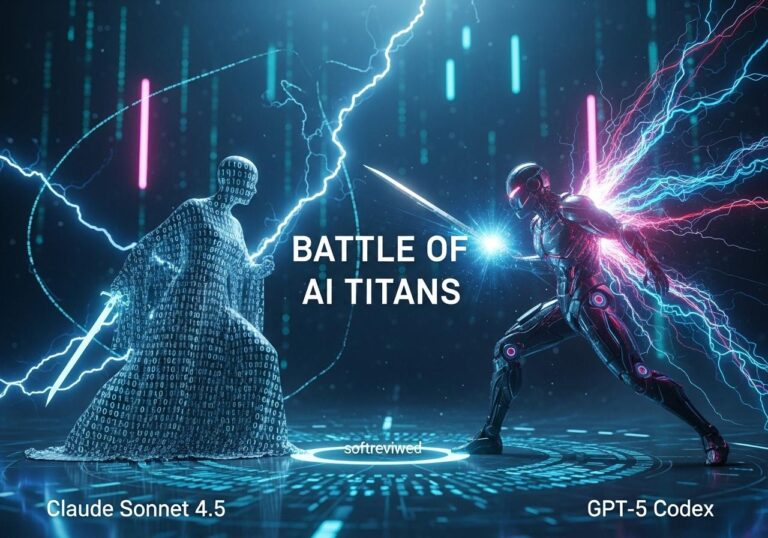🍽️ AI in Food Delivery: Controversy and Concerns
Key takeaways from the Zomato AI-generated food images controversy
🚨 Zomato’s AI Backlash
Zomato, a leading food delivery platform in India, faced backlash for using AI-generated food images without disclosure.
📸 Importance of Food Images
75% of customers consider food images a crucial factor in their ordering decision, highlighting the importance of authenticity in food delivery services.
⚖️ Ethical Concerns
The use of AI-generated images in food delivery apps raises concerns about transparency, cultural sensitivity, and false advertising.
🔍 Customer Values
90% of customers value transparency in food delivery services, with many expressing disappointment and frustration with AI-generated images.
🤝 Balancing Act
Food delivery platforms must balance innovation with authenticity to maintain customer trust and satisfaction.
💡 Potential Solutions
Clearly labeled AI-enhanced images and investments in authentic food photography are potential solutions for food delivery apps to address the controversy.
Introduction
In the world of food delivery apps, a picture is worth a thousand bites. As a food enthusiast and frequent user of delivery services, I've always been drawn to those mouthwatering images that make my stomach growl and my finger tap the "Order Now" button. But what happens when those tantalizing photos aren't quite what they seem? That's the question at the heart of a recent controversy surrounding Zomato, one of India's leading food delivery platforms.
Key Takeaway: Zomato, a major food delivery app in India, faced backlash after using AI-generated food images on its platform. The company's CEO has promised to remove these artificial images in response to customer complaints, highlighting the importance of authenticity in food delivery services.
The AI Image Dilemma
Imagine scrolling through your favorite food app, your eyes feasting on perfectly plated dishes that look almost too good to be true. Now, imagine finding out that these images were created by artificial intelligence rather than being actual photographs of the food you're about to order. This scenario became a reality for many Zomato users, sparking a heated debate about the use of AI in food delivery services.
The use of AI-generated images on Zomato's platform was likely an attempt to provide consistent, high-quality visuals for all menu items. In theory, this could help restaurants without professional food photography to compete on a level playing field. However, the practice raised serious questions about transparency and customer expectations.
Customer Complaints and Reactions
As news of the AI-generated images spread, Zomato's customer base didn't hold back their feelings. Social media platforms buzzed with reactions ranging from disappointment to outright anger. Many users felt deceived, arguing that the AI images created unrealistic expectations about the food they were ordering.
One customer tweeted, "I ordered what looked like a gourmet burger, only to receive something that barely resembled the picture. How is this fair?" Another chimed in, "If I wanted to see AI art, I'd visit a digital gallery, not a food delivery app."
These complaints highlight a crucial aspect of the food delivery experience: trust. When customers place an order based on an image, they're entering into an unspoken agreement with the restaurant and the delivery platform. They expect the food to resemble what they've seen, within reason. The use of AI-generated images shattered this trust for many users.
Zomato CEO's Response
Facing mounting pressure from disgruntled customers, Zomato's CEO, Deepinder Goyal, took to social media to address the issue head-on. In a statement that quickly went viral, Goyal acknowledged the concerns and promised swift action.
"We hear you loud and clear," Goyal wrote. "The use of AI-generated images was an experiment to improve the visual appeal of our app, but we understand that it has led to confusion and disappointment. We will be removing all AI-generated food images from our platform immediately."
This response was a crucial moment for Zomato. By admitting to the mistake and promising to rectify it, Goyal demonstrated a willingness to listen to customer feedback and adapt accordingly. It's a reminder that in the fast-paced world of food tech, being responsive to user concerns is just as important as innovation.
The Ethics of AI in Food Delivery

The Zomato controversy opens up a broader conversation about the ethics of using AI in food delivery services. While artificial intelligence has the potential to enhance many aspects of the industry, from order processing to delivery route optimization, its use in creating food imagery treads a fine line.
On one hand, AI-generated images could potentially offer a solution for smaller restaurants that can't afford professional food photography. This could level the playing field and allow these establishments to compete with larger chains on visual appeal.
On the other hand, the use of AI images raises questions about authenticity and transparency. Food is a sensory experience, and customers rely heavily on visuals when making their choices. If these visuals don't accurately represent the actual product, it could be seen as a form of false advertising.
Moreover, there's the question of cultural sensitivity. Food is deeply tied to culture and tradition in many parts of the world. AI-generated images might not capture the nuances and cultural significance of certain dishes, potentially leading to misrepresentation.
Impact on Restaurant Partners
It's important to consider how this controversy affects Zomato's restaurant partners. These businesses rely on the platform to reach customers and drive sales. The use of AI-generated images, while potentially beneficial for some, could have unintended consequences.
For restaurants that pride themselves on presentation and have invested in high-quality food photography, the use of AI images could feel like a devaluation of their efforts. It might also create an unfair advantage for restaurants that haven't put in the same effort or investment into their visual presentation.
Furthermore, if customers order based on AI-generated images and are disappointed with the real thing, it's often the restaurant that bears the brunt of negative reviews and feedback. This could damage relationships between Zomato and its partners, as well as between restaurants and their customers.
Consumer Trust and Expectations
At the heart of this issue is the matter of consumer trust. When we order food online, we're putting our faith in both the delivery platform and the restaurant. We trust that what we see is a reasonable representation of what we'll get.
The use of AI-generated images challenges this trust. It blurs the line between reality and digital enhancement, potentially setting unrealistic expectations. This can lead to disappointment, complaints, and a loss of customer loyalty.
Moreover, in an age where consumers are increasingly concerned about transparency and authenticity, the use of AI-generated images without clear disclosure could be seen as deceptive. It's a reminder that while technology can enhance the user experience, it should never come at the cost of honesty and transparency.
The Future of Food Imagery in Delivery Apps
So, where do we go from here? The Zomato controversy has undoubtedly sparked a conversation about the future of food imagery in delivery apps. As we move forward, it's likely that we'll see a renewed focus on authenticity and transparency.
One potential solution could be a hybrid approach. Apps could use a combination of real food photography and clearly labeled AI-enhanced images. This would allow for visual consistency while maintaining transparency with customers.
Another possibility is investing in tools and resources to help restaurant partners create high-quality, authentic images of their dishes. This could include providing photography tips, offering subsidized photo shoots, or developing easy-to-use photo editing tools that enhance real images without crossing into the realm of AI generation.
We might also see the emergence of new standards or regulations around the use of AI in food delivery apps. Just as there are rules about food labeling and advertising in the physical world, we may need similar guidelines for the digital food delivery space.
Lessons for the Food Tech Industry
The Zomato AI image controversy offers several valuable lessons for the food tech industry as a whole:
- Transparency is key: Be upfront about the use of any AI or enhanced imagery. Customers appreciate honesty and are more likely to trust platforms that are transparent about their practices.
- Balance innovation with authenticity: While it's important to leverage new technologies, it's equally crucial to maintain the authenticity of the food experience.
- Listen to customer feedback: Zomato's quick response to customer complaints demonstrates the importance of being responsive to user concerns.
- Consider all stakeholders: Any new feature or technology should be evaluated for its impact on customers, restaurant partners, and the broader community.
- Prioritize trust: In the food delivery business, trust is paramount. Any innovation that risks eroding customer trust should be carefully reconsidered.
Conclusion
The Zomato AI image controversy serves as a wake-up call for the food tech industry. It reminds us that while technology can enhance the food delivery experience in many ways, it should never come at the cost of authenticity and trust.
As we move forward, the challenge for food delivery platforms will be to find the right balance between innovation and authenticity. How can we use technology to improve the user experience without compromising the integrity of the food itself? How can we ensure that what customers see is a fair representation of what they'll get?
These are questions that Zomato and other food delivery apps will need to grapple with in the coming months and years. As a user of these services, I'm hopeful that this controversy will lead to positive changes in the industry. After all, when it comes to food, there's no substitute for the real thing.
What do you think about the use of AI-generated images in food delivery apps? Would you be comfortable ordering from an app that uses them, as long as they're clearly labeled? Or do you prefer to see only real photos of the food you're ordering? Let's continue this important conversation about the future of food tech and the role of AI in our culinary experiences.
Impact of AI on Job Replacement
This chart illustrates the percentage of work that can be replaced by AI-generated tools in various job categories. Higher percentages indicate a greater potential for AI to automate tasks in that field.







